Infrared heating is a growing trend in home heating, wellness spaces, and even outdoor environments, but many myths surround its usage, safety, and effectiveness. This guide dives deep into common misconceptions about infrared heating and uncovers the facts, giving you a clear perspective on whether infrared heating could be the right choice for you.

Myth 1: Infrared Heating is Harmful to Health
Fact: Infrared heating is generally safe and, in some cases, even beneficial. Unlike UV rays, which can harm the skin, infrared is similar to the natural warmth produced by the sun without the harmful effects. Many studies indicate that infrared heat can help improve circulation and reduce joint pain. Far-infrared heating, commonly used in saunas, is often used in wellness therapies and has a proven safety record.
- Types of Infrared: There are three types—near, mid, and far-infrared. Far-infrared is most commonly used in household heating and is safest for human exposure.
- Health Benefits: Far-infrared rays penetrate skin gently, providing warmth that can ease muscle soreness without harming skin or eyes.
Myth 2: Infrared Heating Doesn’t Heat the Air
Fact: While infrared heating primarily warms objects and people directly, it does have an effect on the ambient temperature. Infrared heaters work by emitting infrared radiation that directly warms surfaces, which in turn release heat into the surrounding air over time.
- Efficiency for Small Areas: This can make infrared heating highly effective in targeted areas where air heating may be less efficient.
- Cozy Feel: Since it heats objects rather than circulating warm air, the warmth feels more direct and less drafty than traditional heating systems.
Myth 3: Infrared Heating is Expensive to Run
Fact: Infrared heating can be more energy-efficient and cost-effective than many traditional heating systems, especially for localized heating needs. This myth often arises because people assume that, like older electric heaters, infrared systems consume a lot of energy. However, modern infrared heating units are designed to be highly efficient.
- Lower Energy Consumption: Infrared panels often have lower wattage than traditional heating, and because they focus on specific areas, they can use less energy.
- Longer Lifespan and Low Maintenance: Infrared heaters typically have few moving parts, reducing maintenance costs and extending their life expectancy.
Myth 4: Infrared Heating is Unsafe
Fact: Infrared heaters are typically safe when used as directed. Unlike open flame heaters, infrared models don’t produce combustion gases, reducing risks of carbon monoxide buildup or indoor pollution.
- Minimal Fire Hazard: Many infrared heaters come with safety features like automatic shut-offs if they are knocked over or if they overheat.
- Zero Emissions: They do not burn oxygen or produce harmful emissions, making them a good option for indoor heating, even in rooms with limited ventilation.
Myth 5: Infrared Heating Causes Dry Skin and Irritation
Fact: Infrared heating does not dry out the air like conventional heating methods, so it doesn’t typically cause dry skin or respiratory irritation. The warmth from infrared radiation mimics natural sunlight, providing a gentler type of heat.
- Comfortable Air Quality: Because infrared heats surfaces rather than circulating warm air, it maintains moisture levels in the air better than forced-air systems.
- Improved Indoor Climate: This can actually reduce symptoms of dryness associated with other types of heating, helping maintain a healthier indoor climate.
Myth 6: Infrared Heating Has Limited Applications
Fact: Infrared heating has versatile applications, from home heating systems and outdoor spaces to industrial facilities. The technology has been successfully implemented in residential, commercial, and industrial settings.
- Outdoor Heating: Infrared is popular for patios, garages, and warehouses, as it warms people and objects directly rather than the air, making it effective even in breezy outdoor settings.
- Wide Range of Settings: Infrared heaters come in various sizes and formats, including panels, portable units, and infrared saunas, showing adaptability across different spaces.
Myth 7: Infrared Heating is New Technology
Fact: While it’s become popular in recent years, infrared heating technology is not new. It dates back to the early 20th century and has been used in many applications, including industrial manufacturing and saunas, for decades.
- Well-Established History: Far-infrared saunas have been around since the 1960s, and industrial uses have been well-documented.
- Modern Developments: Advances in design and energy efficiency have simply made infrared heating more practical and appealing for modern residential and commercial uses.
Conclusion: Busting the Myths – The Real Benefits of Infrared Heating
Infrared heating is a safe, efficient, and versatile heating option with unique advantages. As a direct heating source, it offers targeted warmth without polluting indoor air or drying out the environment. The proven health benefits and energy savings make it a practical choice in many settings, from cozy home environments to large outdoor spaces. Infrared heating is not only here to stay but continues to innovate, offering sustainable warmth for diverse needs.

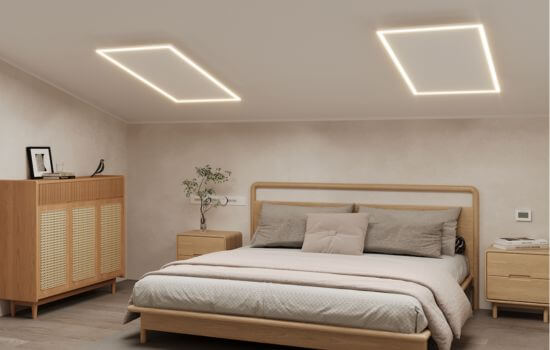
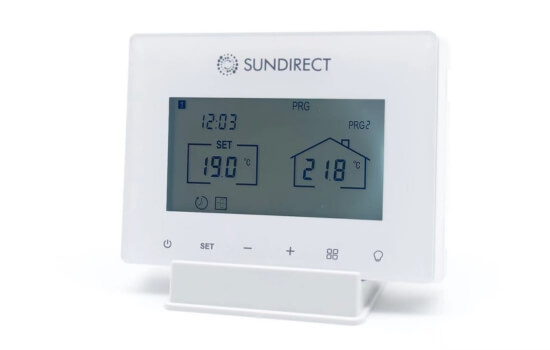
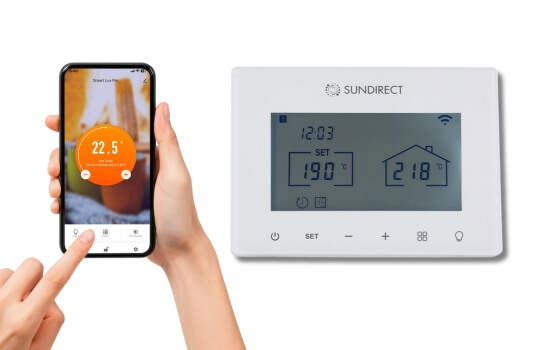













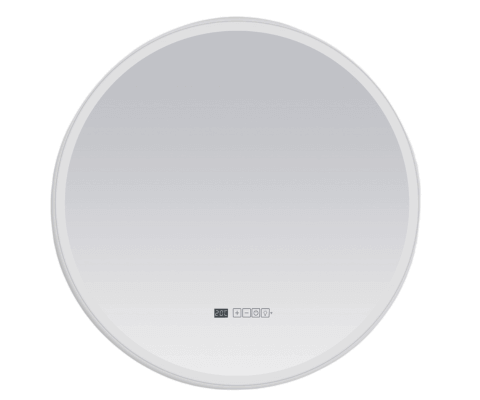












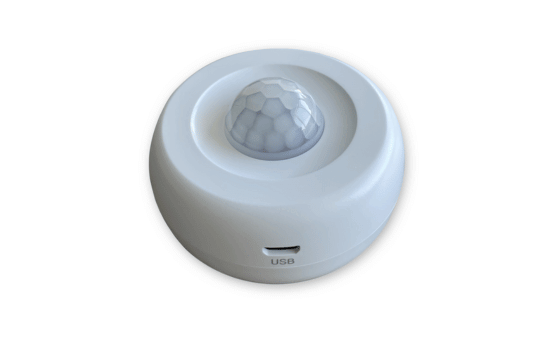
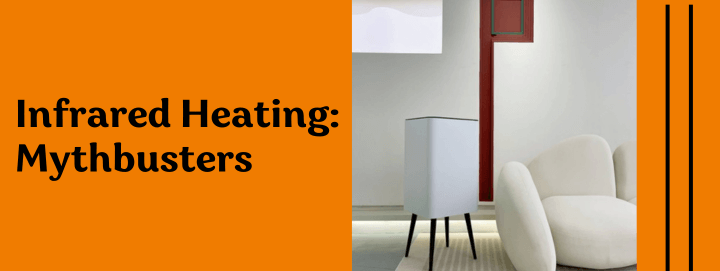






Leave a Reply